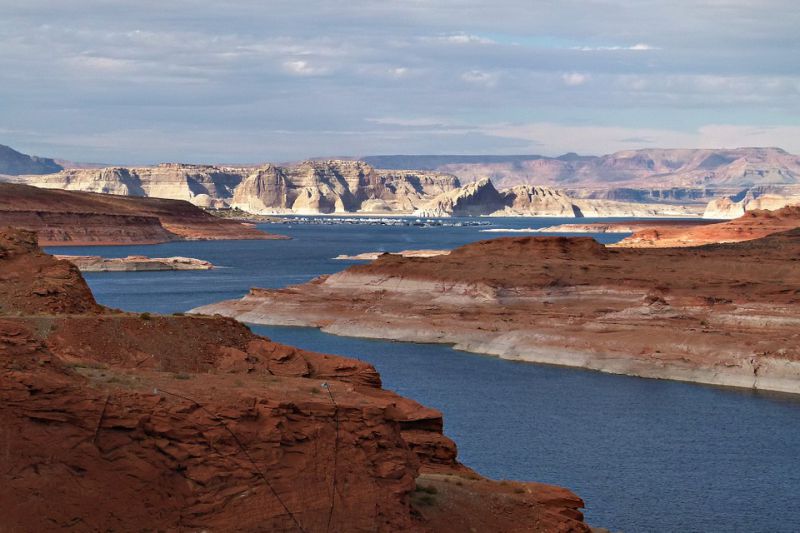Can You Bottle Water in the Arizona Desert?
Published on by Water Network Research, Official research team of The Water Network in Business
The Nestlé Waters North America facility slated for western Phoenix is nearing fruition amid a series of higher-pitched battles the company has faced elsewhere.
A Nestlé bottling unit is opening a new plant in drought-stricken Phoenix because that's where the water is. Really.
Drought? Desert? Water? The pure dissonance provoked understandable controversy among the sand-lubbers who make up one of the top three U.S. markets in per capita water-bottle-swigging.
 "It's hard for people to hold in their minds," said Sarah Porter, director of the Kyl Water Center at Arizona State University. "Those two things don't seem compatible." And yet the question remains—how can they bottle water in the desert?
"It's hard for people to hold in their minds," said Sarah Porter, director of the Kyl Water Center at Arizona State University. "Those two things don't seem compatible." And yet the question remains—how can they bottle water in the desert?
The Nestlé Waters North America facility slated for western Phoenix is nearing fruition amid a series of higher-pitched battles the company has faced elsewhere. Three environmental groups have sued the U.S. Forest Service for letting Nestlé continue to bottle in the San Bernardino Mountains. Last month, Hood River County, Ore., voted in favor of an anti-bottling measure, plugging up a proposed Nestlé facility. And persistent community opposition in tiny Eldred Township, Pa., led the company to drop plans for a plant there.
Upon learning of the Phoenix plant in May, a community college student posted a petition to Change.org calling Nestlé Waters "irresponsible and unsustainable" given that the Grand Canyon State has officially been in a drought since 1999. A Facebook page followed suit. In response to those concerns, the city water services department quickly called a public meeting. Held earlier this month at a verdant Audubon Society nature center south of downtown, the event pitted a passionate and knowledgeable city water wonk against a crowd of about 50 people ranging in temperament from screechy idealist to respectful sceptic. Tempers flared, with ample interruptions, but the picture presented was counterintuitive: a desert city with water to spare.
Phoenix produced about 95 billion gallons of water in 2015. It gets more than half from Arizona's Salt and Verde rivers, and a little less than that from a Colorado River diversion, some of which is piped into storage aquifers for emergency use. About 2 percent is groundwater. The Nestlé plant would use about 35 million gallons (or 264 million half-liter bottles) when it opens in the spring, or about 0.037 percent of the volume that comes out of the city's plants and wells. So with that kind of math, and all the demand for bottled water among thirsty Phoenicians, it looks like there's plenty to go around—even enough for Nestlé to pour out of the tap, bottle, and sell for a few bucks. The Arizona environmental community isn't so sure.
Read full article at Bloomberg
Media
Taxonomy
- Environment
- Drought
- Water Management
- Corporate Finance
- Bottled Water
- Bottling